Skills are always changing
For the latest information about this skill visit CNC Milling on worldskills.org.
CNC Milling
Shaping metal and other solid materials using a computer-controlled milling machine to create products used in almost every aspect of modern life, from cars and smart phones to kitchen appliances and prosthetic limbs.
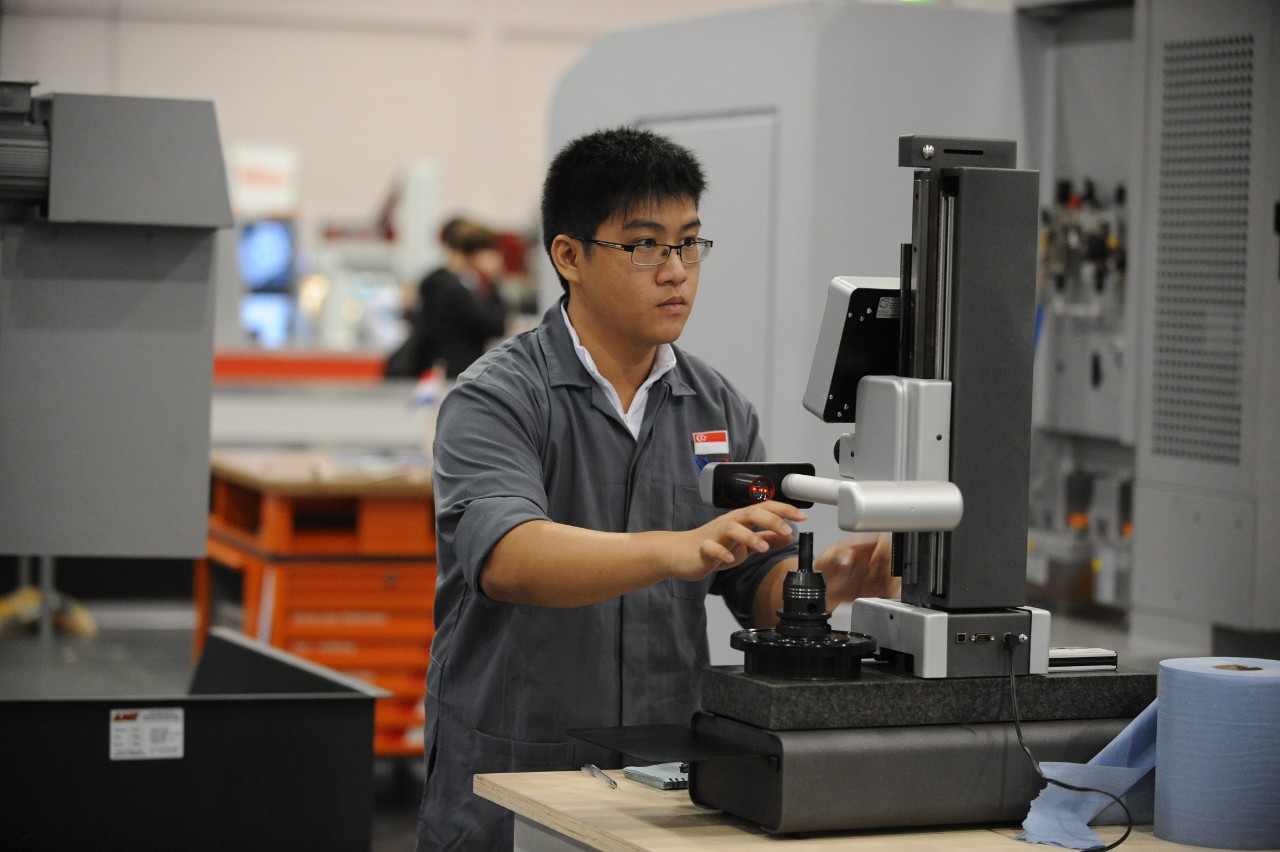
Why is this skill important?
Computer Numerical Control (CNC) technology has become omnipresent. Most people cannot imagine how important these technologies are in their lives. There is nothing that we use that hasn’t in its manufacturing utilized CNC technology. It is present in products and objects of everyday life, such as cars, airplanes, components of machines of all types, moulds for tools used for household machines, medical prosthetics, cell phones, and toys.
CNC milling machines are machine tools used for the shaping of metal and other solid materials. These machines exist in two basic forms: horizontal and vertical. This refers to the orientation of the cutting tool spindle. Early milling machines were manually or mechanically automated, but technological advances have led to the development of Computer Numerical Control, such as the CNC machining centre. CNC refers to a computer-controlled device to read and store instructions. This numerical information, generally “G and M” codes (a programming language) is then used to control and drive a machine tool which is a powered mechanical device (“machining centre”). A machining centre is used to fabricate components using cutting tools for removing the material.
To form the finished part, the cutting process can be started from a solid block, pre-machined part, casting, or forgings. For those scenarios, the skill requires the highly skilled CNC milling machinist must read and interpret complex technical drawings and specifications, and work to a high degree of precision and detail. They must be proficient in metal work and understand how metals react to various processes. They must be a skilled computer operator and machine operator. The programs can be generated manually or using Computer Aided Design/Computer Aided Manufacture (CAD/CAM) software.
To achieve the finished part, the CNC milling machinist undertakes a sequence of essential activities, from interpreting engineering drawings to optimizing the machining process:
- Interpreting engineering drawings and following the specifications
- Generating the processes and programs with the CAD/CAM system and/or G and M-codes
- Setting up the tools, work holding devices, and work pieces on the CNC milling centre
- Manipulating cutting conditions, based on the properties of the material and tools
- Operating, inspecting, and maintaining the accuracy of dimensions within the specified tolerances
- Optimizing the process, taking into account the production type: whether large quantities of one part, small batches, or one-of-a-kind items.
Today a wide range of industries require CNC milling machinists to program, operate, and keep sophisticated machining centre’s running in an efficient and reliable way. Large enterprises such as automobile plants, medium sized enterprises such as mould making, and small enterprises in the maintenance field, are some of many environments in which the CNC milling machinist plays a key, integral role to the success of the metalwork industries.
Results
See all results| Rank | Medal | Result | Competitor | Country/Region |
|---|---|---|---|---|
| 1. |
Gold |
751 |
Chujie Zhou |
China |
| 2. |
Silver |
741 |
Nguyen Thanh Tung |
Vietnam |
| 3. |
Bronze |
734 |
Kosei Yamashita |
Japan |
| 4. |
Medallion for Excellence |
729 |
PO-HSUN CHEN |
Chinese Taipei |
| 5. |
Medallion for Excellence |
726 |
Omair Almarzooqi |
United Arab Emirates |
| 6. |
Medallion for Excellence |
721 |
Wooyeol Oh |
Korea |
| 7. |
Medallion for Excellence |
715 |
Yannick Schädler |
Principality of Liechtenstein |
| 7. |
Medallion for Excellence |
715 |
Sutthisak Ulek |
Thailand |
| 9. |
Medallion for Excellence |
707 |
Loris CUBIZOLLES |
France |
| 10. |
Medallion for Excellence |
703 |
Atakan Kocaman |
Austria |
| 11. |
Medallion for Excellence |
700 |
Krisztian Kalmar |
Germany |
| 11. |
Medallion for Excellence |
700 |
Ivo Müller |
Switzerland |
| 13. | 699 |
Abigail Stansfield |
United Kingdom | |
| 14. | 690 |
Zen Kang |
Singapore | |
| 15. | 688 |
João Pimenta |
Portugal | |
| 16. | 682 |
Farhan Raza Pantoji |
India | |
| 17. | 681 |
Maria Tsychkova |
Sweden | |
| 18. | 672 |
Daniel Kiss |
Canada | |
| 19. | 671 |
Daniel Osvaldo Mejia Meza |
Mexico | |
| 20. | 664 |
Tytus Sokołowski |
Poland | |
| 21. | 661 |
Adrián CELADA |
Spain | |
| 22. | 658 |
Vyacheslav Kononov |
Kazakhstan | |
Competitors

Omair Almarzooqi
United Arab Emirates

Adrián CELADA
Spain
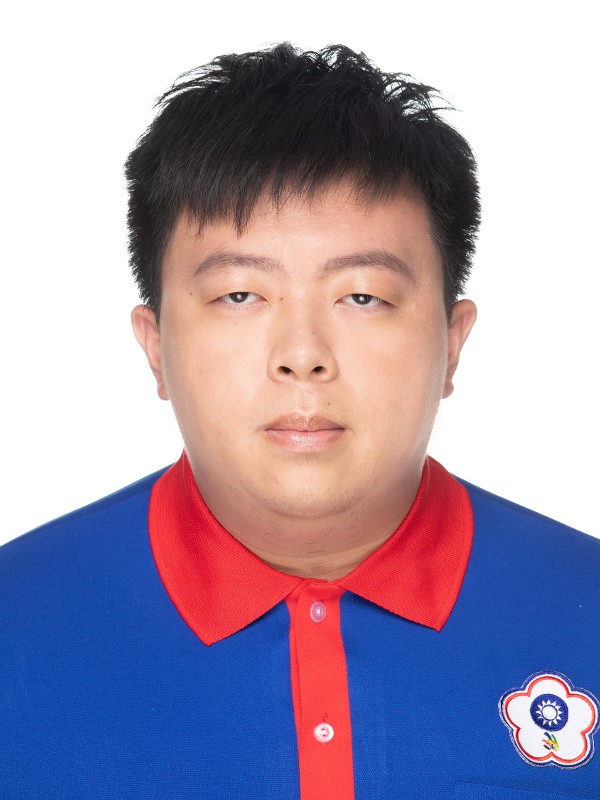
PO-HSUN CHEN
Chinese Taipei
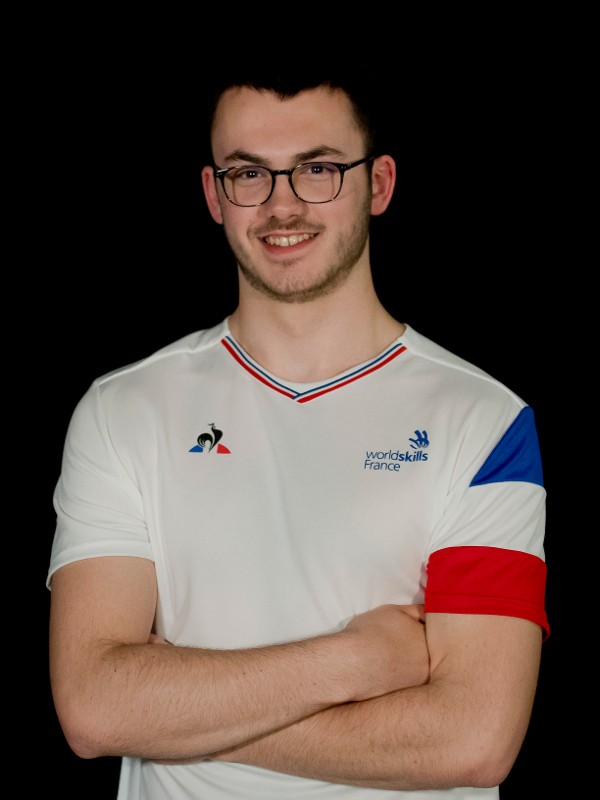
Loris CUBIZOLLES
France

Krisztian Kalmar
Germany

Zen Kang
Singapore
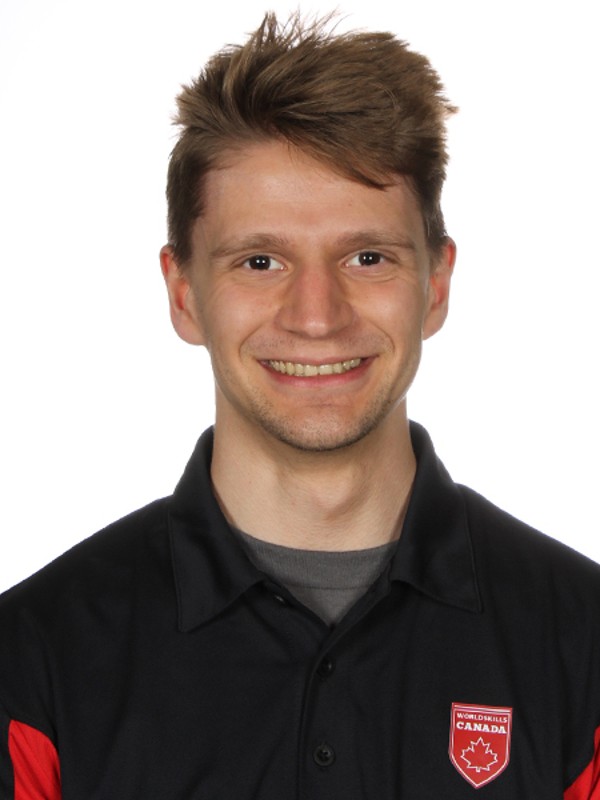
Daniel Kiss
Canada
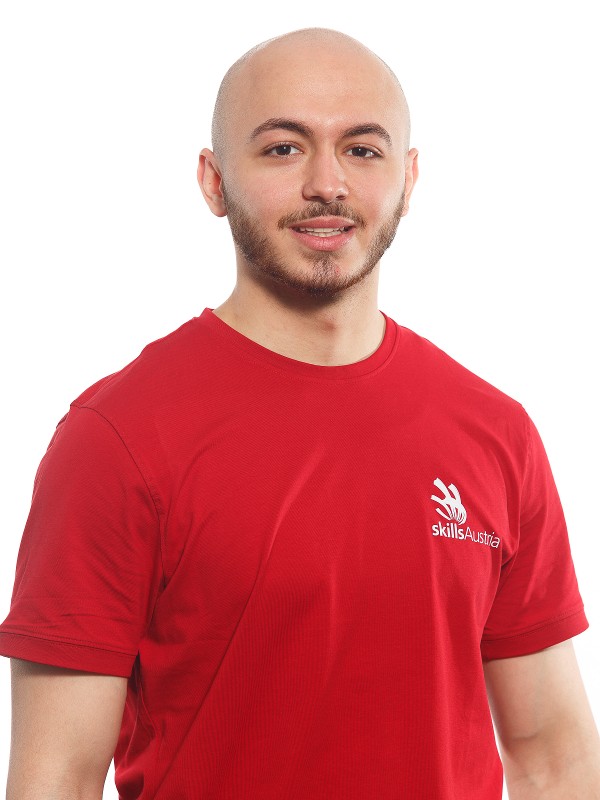
Atakan Kocaman
Austria

Vyacheslav Kononov
Kazakhstan

Daniel Osvaldo Mejia Meza
Mexico
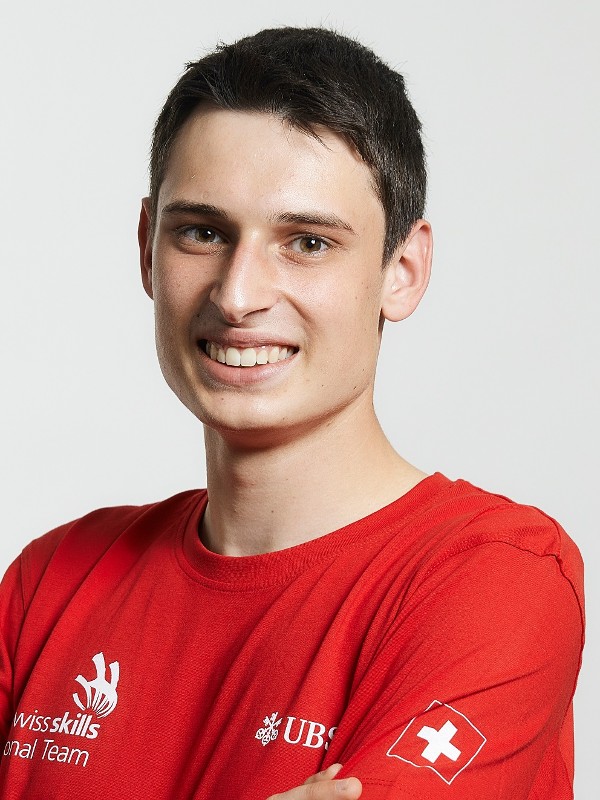
Ivo Müller
Switzerland

Wooyeol Oh
Korea

Farhan Raza Pantoji
India

João Pimenta
Portugal

Yannick Schädler
Principality of Liechtenstein

Tytus Sokołowski
Poland

Abigail Stansfield
United Kingdom

Nguyen Thanh Tung
Vietnam
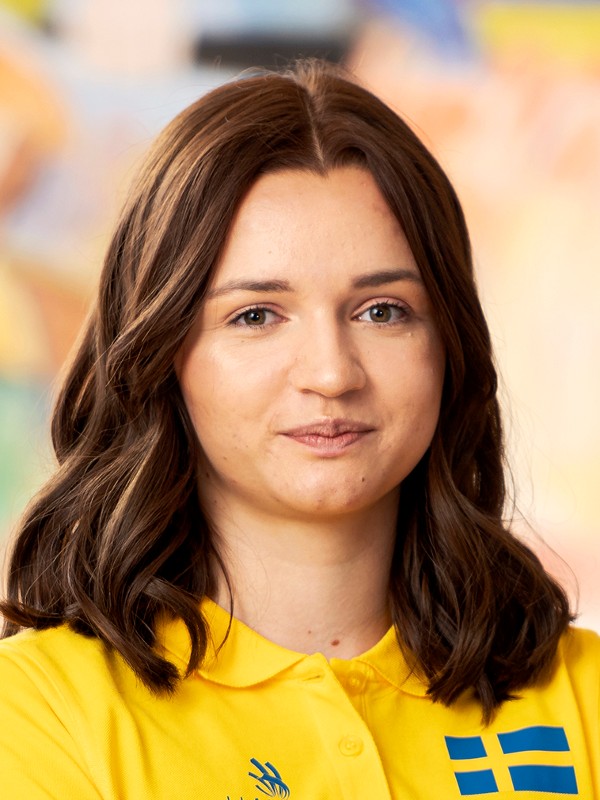
Maria Tsychkova
Sweden
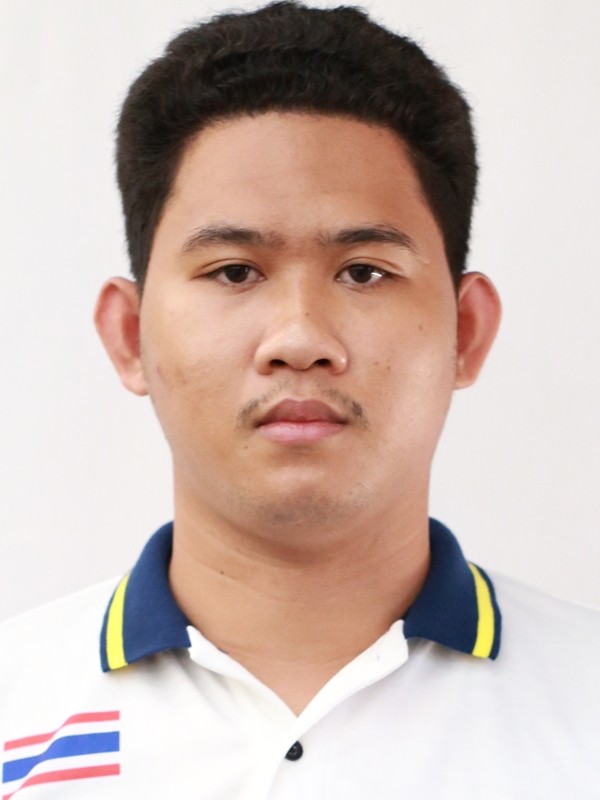
Sutthisak Ulek
Thailand
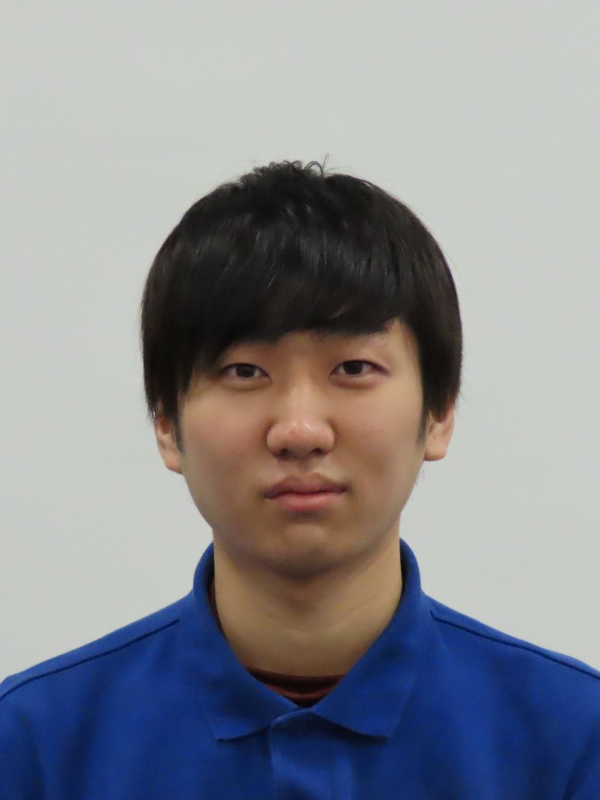
Kosei Yamashita
Japan
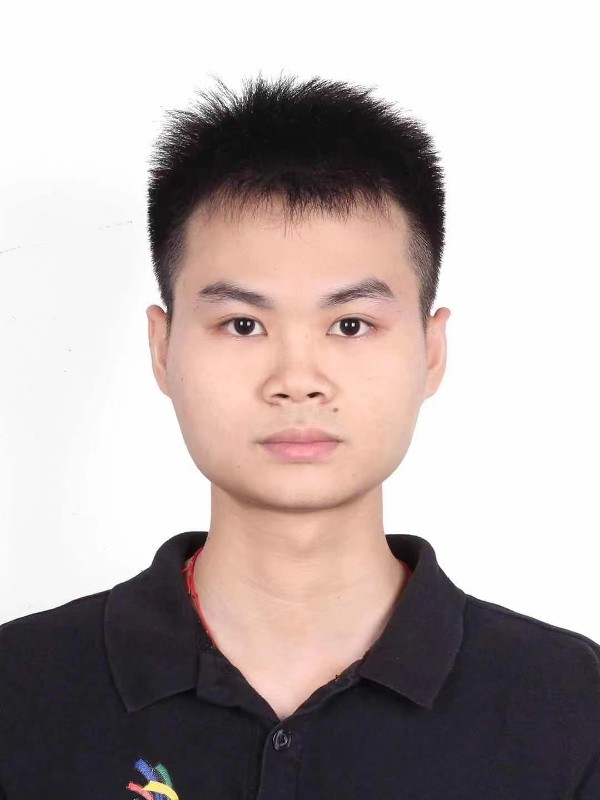
Chujie Zhou
China
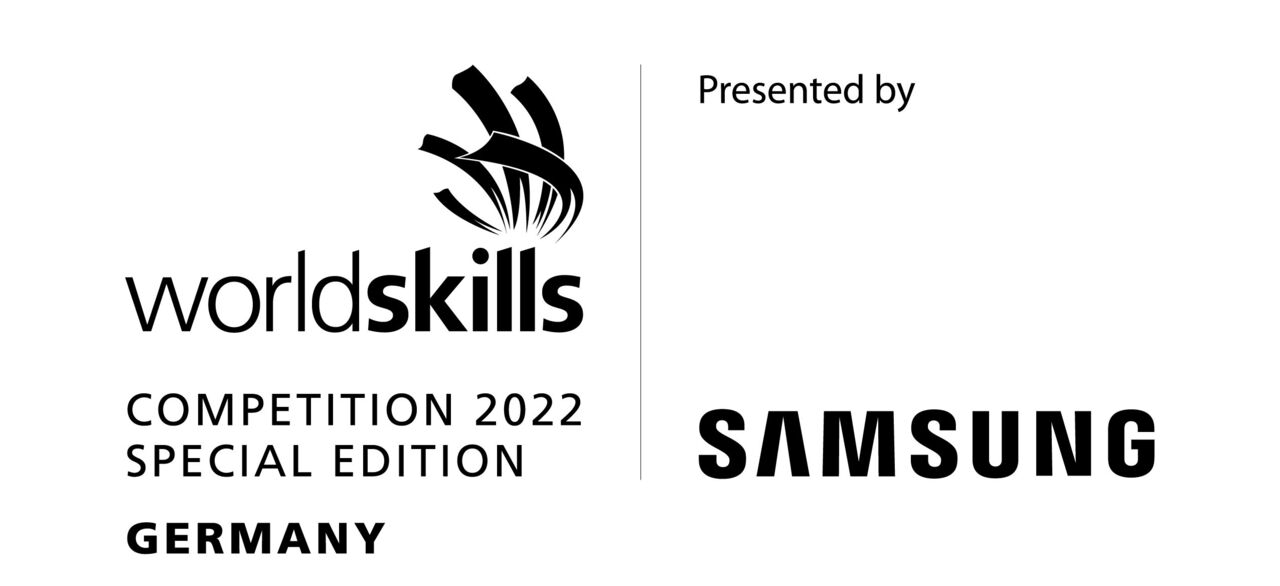
Hosting Partner

Gold Partners

Silver Partners

Bronze Partners

Government Funding



